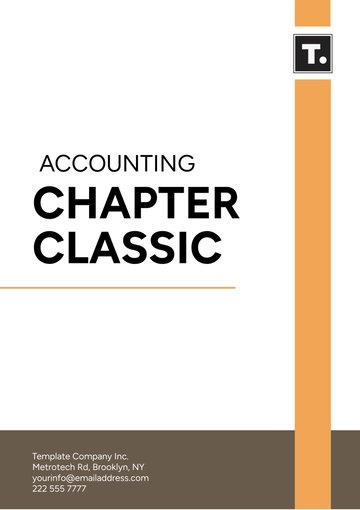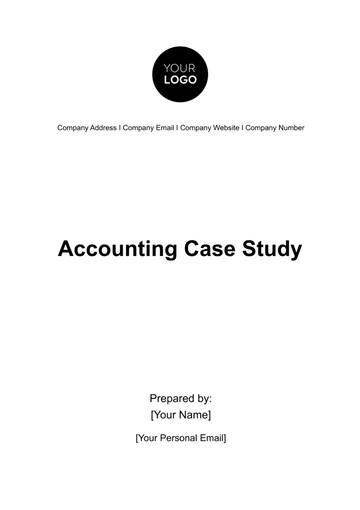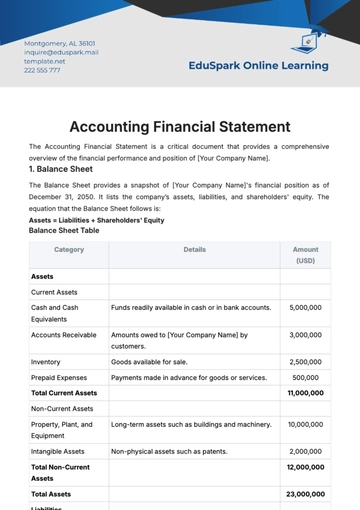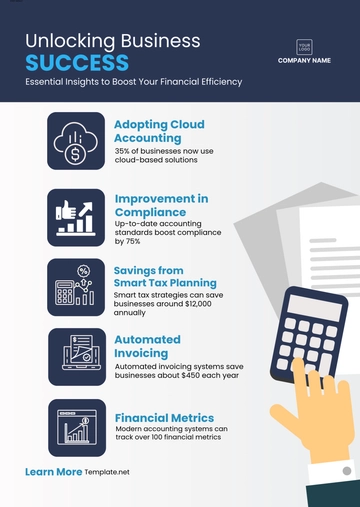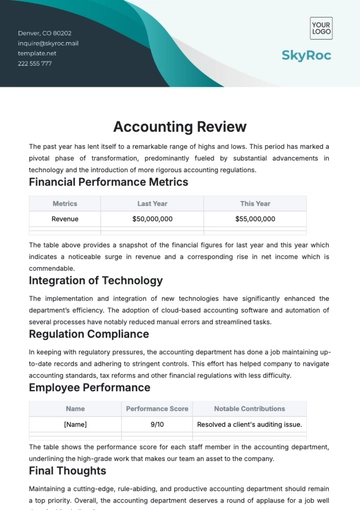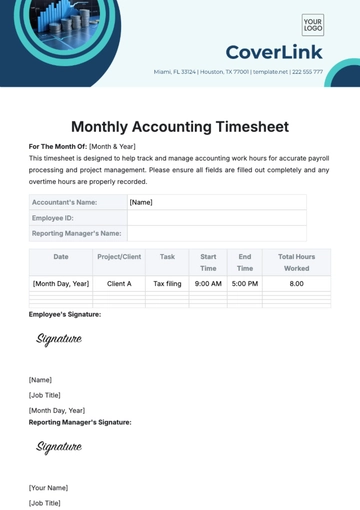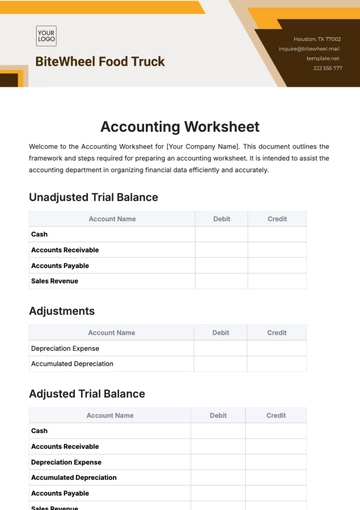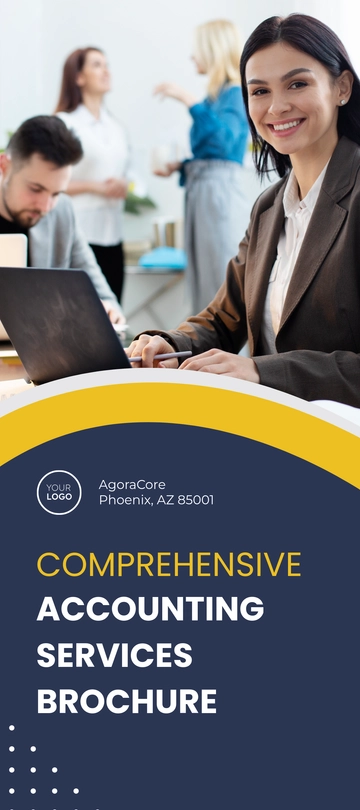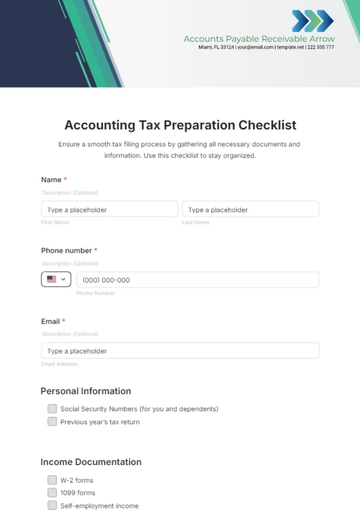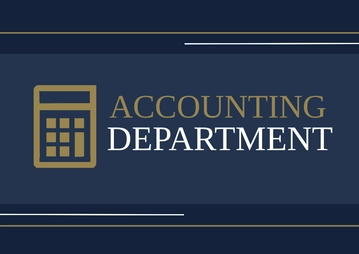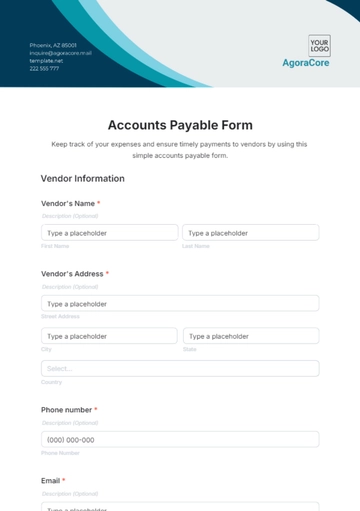Free Internal Audit Accounting Protocol
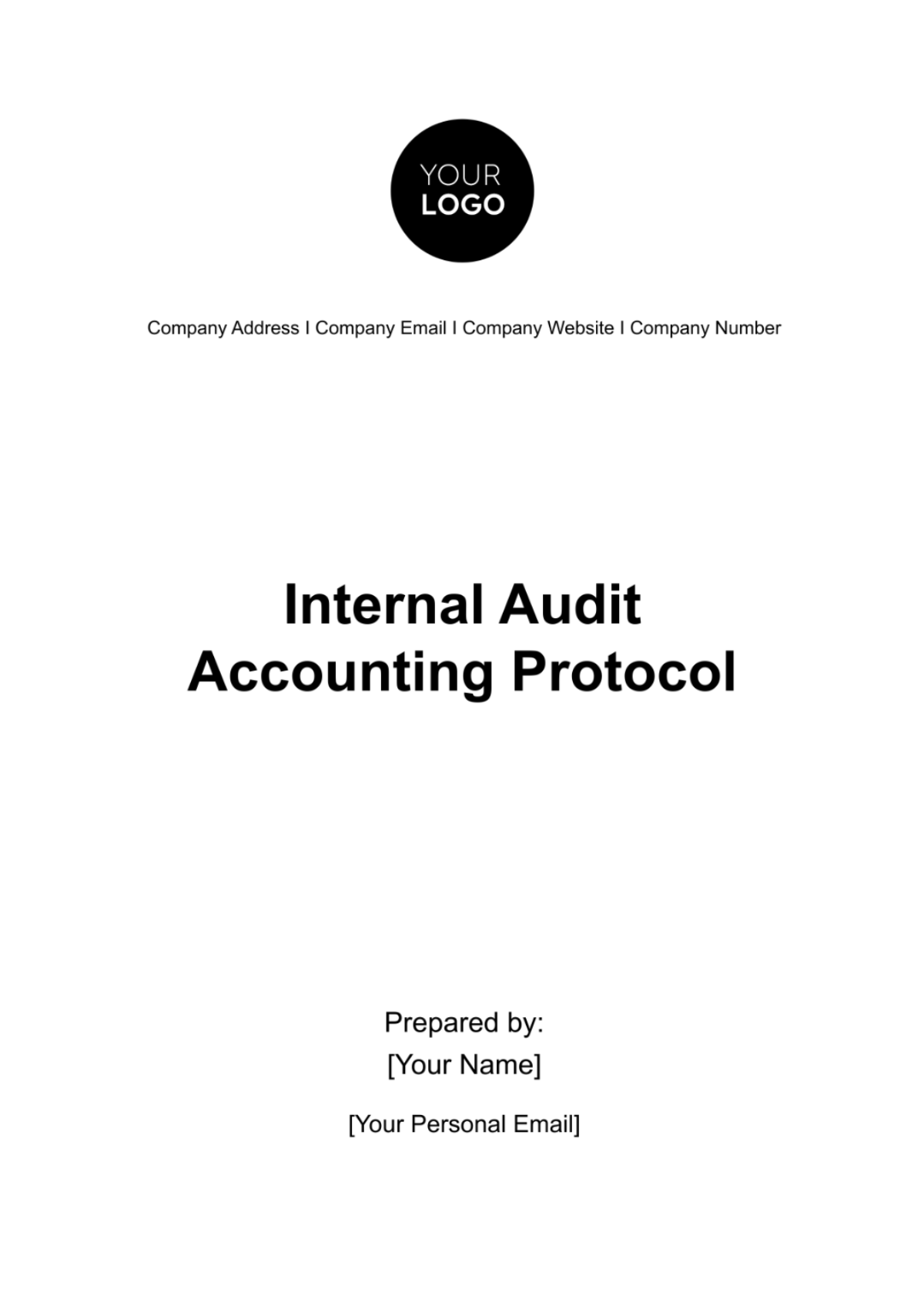
Introduction
The Internal Audit Accounting Protocol is a cornerstone document designed to establish a robust framework for the internal audit function within [Company Name], hereafter referred to as "the Company". This protocol is crafted with the dual objectives of safeguarding the Company's assets and ensuring the accuracy and reliability of its financial reporting and operational processes. By instituting these comprehensive guidelines and procedures, the Company commits to upholding the highest standards of corporate governance, risk management, and internal control processes.
The essence of this protocol is to instill a culture of transparency, accountability, and continuous improvement across all business operations. It aims to enhance the efficiency and integrity of the Company's activities, thereby fostering sustainable growth and superior performance. Furthermore, this document serves as a vital tool for company-affiliated auditors, providing a standardized auditing framework that guarantees consistency, reliability, and comparability of audit data across different business units and periods.
The protocol is structured into five key sections, each addressing critical aspects of the internal audit function, from staffing and audit planning to data analysis, reporting, and continuous improvement. By adhering to the guidelines set forth in this document, the Company ensures that its internal audit function operates as an effective guardian of corporate values, contributing significantly to the achievement of strategic objectives and the mitigation of operational risks.
Section 1: Company Profile and Staffing
1.1 Company Overview
[Company Name], established in [Year], has grown to become a leader in [Industry/Field], with operations spanning across [Regions/Countries]. The Company is committed to delivering [Products/Services] that meet the highest standards of quality and reliability, thereby fulfilling the needs and expectations of our customers and stakeholders.
1.2 Core Objectives of the Internal Audit Department
The primary objective of the internal audit department is to provide independent and objective assurance and consulting services designed to add value and improve the Company's operations. This involves a systematic, disciplined approach to evaluating and improving the effectiveness of risk management, control, and governance processes.
1.3 Business Functions and Management Structure
The internal audit department is structured to align with the Company's strategic objectives and operational needs. It encompasses various specialized teams focusing on financial audits, operational audits, compliance audits, and information technology audits. Each team is led by a Senior Auditor, reporting directly to the Chief Audit Executive (CAE), who in turn reports functionally to the Audit Committee of the Board of Directors and administratively to the CEO.
1.4 Staffing and Competencies
The internal audit team is composed of professionals with diverse backgrounds and expertise, including certified public accountants (CPAs), certified internal auditors (CIAs), information system auditors (CISAs), and specialists in risk management and compliance. Continuous professional development is emphasized to ensure the team remains proficient in the latest auditing standards, technologies, and best practices.
Section 2: Audit Planning and Risk Assessment
 Fig 1: Audit Planning & Risk Assessment Example
Fig 1: Audit Planning & Risk Assessment Example
2.1 Audit Universe and Risk-Based Planning
The audit planning process begins with the development of an audit universe, a comprehensive list of all auditable areas within the Company. This universe is then subjected to a risk assessment to identify areas with the highest risk exposure, considering factors such as financial impact, likelihood of occurrence, and the significance of controls in mitigating these risks.
2.2 Audit Scope and Objectives
For each audit engagement, a specific scope is defined, detailing the boundaries and focus areas of the audit. The objectives are aligned with the identified risks, ensuring that the audit efforts are concentrated on areas of greatest significance to the Company.
2.3 Staff Assignment and Resources
Audit engagements are staffed based on the complexity of the audit area, the skills required, and the professional development needs of the audit staff. The allocation of resources, including personnel, technology, and other tools, is carefully planned to ensure the efficient and effective execution of audit engagements.
2.4 Tools and Techniques
The internal audit department utilizes a variety of tools and techniques to conduct audits, ranging from traditional methods such as interviews and document reviews to advanced techniques like data analytics and computer-assisted audit tools (CAATs). These tools are selected based on their suitability to achieve the audit objectives and the nature of the audit area.
This Internal Audit Accounting Protocol serves as a foundational document that guides the Company's internal audit function. Through the establishment of a well-defined management structure, comprehensive audit planning, and risk assessment processes, the protocol ensures that the internal audit team is well-equipped to identify and address risks, thereby safeguarding the Company's assets and enhancing its operational efficiency and integrity.
Section 3: Data Collection and Analysis
3.1 Data Collection Methodologies
The internal audit function employs a multi-faceted approach to data collection, ensuring a comprehensive understanding of the audit area. Methods include, but are not limited to, interviews with key personnel, review of relevant documentation, direct observations, and sampling of transactions. The selection of data collection methods is tailored to the specific objectives of the audit, ensuring relevance and efficiency.
3.2 Ensuring Data Integrity and Transparency
To maintain the highest standards of data integrity, all collected data is subjected to rigorous verification processes. This includes cross-referencing information from multiple sources, reconciling transaction samples with general ledger entries, and employing computer-assisted audit tools (CAATs) for large datasets. Transparency is maintained through meticulous documentation of all data collection activities, ensuring that audit trails are clear and auditable.
3.3 Data Sensitivity and Confidentiality
Given the sensitive nature of audit data, strict confidentiality protocols are in place. Access to audit data is restricted to authorized personnel only, based on the principle of least privilege. Sensitive information, particularly personal data, is handled in accordance with applicable data protection regulations, such as GDPR for companies operating within the EU. All auditors are trained in data confidentiality and sign confidentiality agreements as part of their employment terms.
3.4 Data Analysis Techniques
The analysis of audit data involves both qualitative and quantitative methods, from simple trend analysis to complex statistical techniques. The use of advanced data analytics software enables the identification of patterns, anomalies, and indicators of potential risks or control weaknesses. The findings from data analysis form the basis for audit conclusions and recommendations.
Section 4: Reporting and Communication
4.1 Audit Reporting
The culmination of the audit process is the formulation of an audit report, which presents the findings, conclusions, and recommendations of the audit. The report is structured to provide a clear executive summary, a detailed analysis of findings, and actionable recommendations. Emphasis is placed on clarity, conciseness, and relevance, ensuring that the report is accessible to all stakeholders.
4.2 Communication with Stakeholders
Effective communication is central to the audit process. Initial findings are discussed with the auditee to verify facts and gain additional insights. Upon completion of the audit, the final report is presented to senior management and the audit committee, followed by a broader dissemination to relevant stakeholders as appropriate. This ensures that all parties are informed and can take necessary actions based on the audit findings.
4.3 Addressing Disputes and Conflicts
In instances where audit findings are disputed, a structured resolution process is in place. This involves additional review and discussions, potentially including independent third-party opinions if necessary. The aim is to resolve disputes objectively, maintaining the integrity of the audit process and the relationship between the audit team and the auditee.
Section 5: Internal Audit Review and Improvement
5.1 Continuous Improvement of the Audit Process
The internal audit function is committed to continuous improvement, adopting a proactive approach to enhancing its methodologies, tools, and skills. This involves regular review of audit processes, incorporation of best practices, and adaptation to changes in the business environment and regulatory landscape.
5.2 Performance Evaluation of Auditors
Auditor performance is evaluated against defined criteria, including the quality of work, adherence to professional standards, and contribution to the audit objectives. Feedback is sought from auditees and other stakeholders to provide a comprehensive view of auditor effectiveness. This feedback informs personal development plans, ensuring that auditors continue to grow professionally and contribute effectively to the audit function.
5.3 Learning and Development
The internal audit department places a high priority on learning and development, ensuring that auditors are equipped with the latest knowledge and skills. This includes formal training programs, attendance at professional conferences, and participation in industry forums. Knowledge sharing within the team is encouraged, fostering a culture of continuous learning.
5.4 Process Efficiency and Innovation
The internal audit function continually seeks ways to improve efficiency and effectiveness. This includes the adoption of new technologies, such as data analytics and automation tools, to enhance the audit process. Innovative practices are explored and implemented where they add value, ensuring that the audit function remains agile and responsive to the needs of the business.
In conclusion, Sections 3 to 5 of the Internal Audit Accounting Protocol outline a comprehensive approach to data collection and analysis, reporting and communication, and continuous improvement of the audit function. By adhering to these guidelines, the internal audit department ensures the integrity, reliability, and effectiveness of its operations, thereby supporting the overall governance and risk management framework of the Company.
- 100% Customizable, free editor
- Access 1 Million+ Templates, photo’s & graphics
- Download or share as a template
- Click and replace photos, graphics, text, backgrounds
- Resize, crop, AI write & more
- Access advanced editor
Template.net presents the Internal Audit Accounting Protocol Template, a versatile tool designed to streamline your auditing processes. With our AI editor, customization is a breeze. Crafted by experts in technical writing, this template ensures comprehensive documentation, facilitating efficient internal audits. Elevate your financial management with ease, thanks to Template.net's user-friendly solution.





